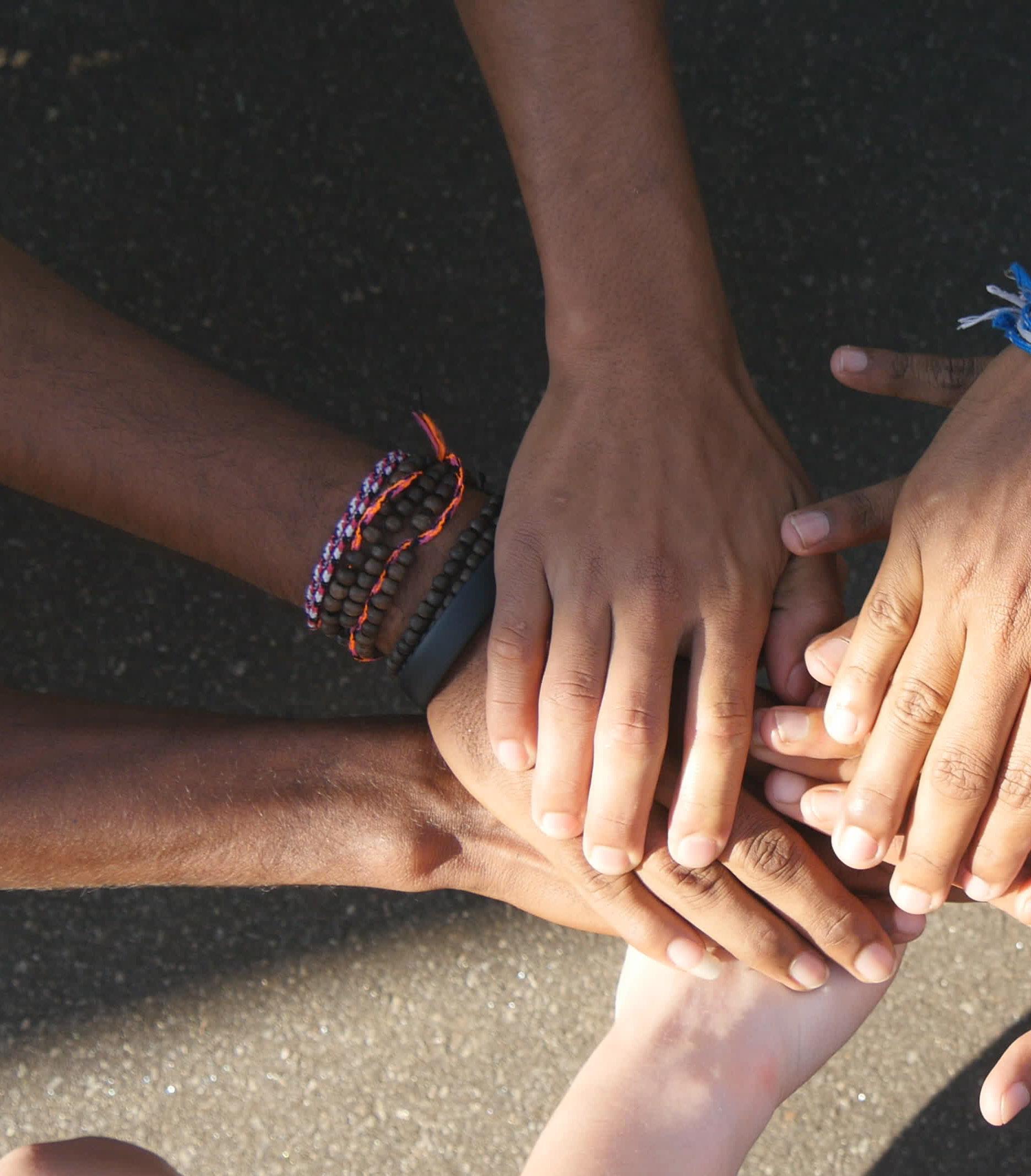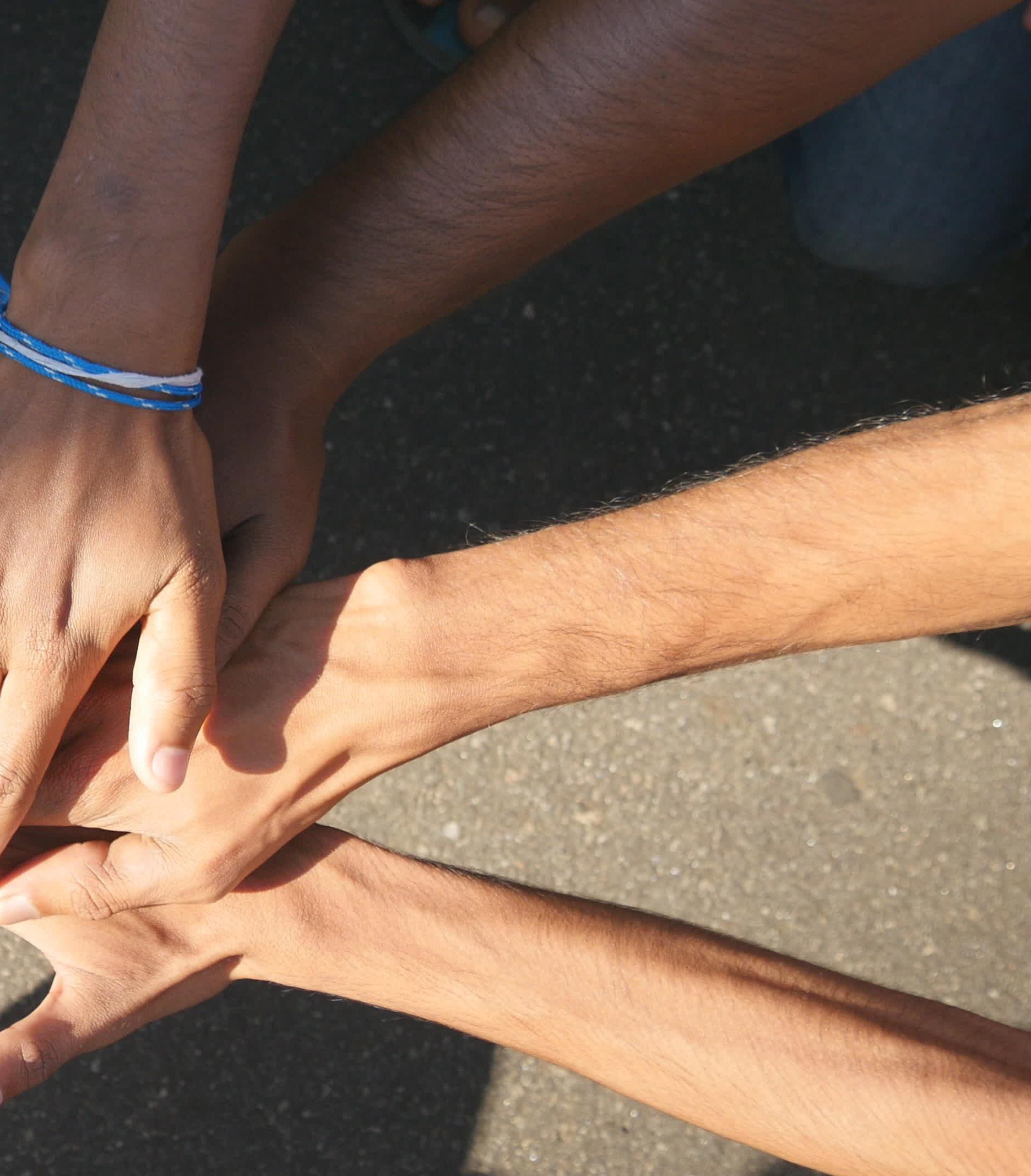
16 minute read
BUSINESS IN THE
A New Brand of Dining
True Texas barbecue awaits!
BY JILLIAN CHANDLER
OLD WEST TEXAS BBQ/ STEAKHOUSE AT THE HEMLOCKS
OldWestTexasBBQ.com
73400 Highway 2 Moyie Springs, Idaho 83845 208.267.4363
Grand Opening! Join Old West Texas BBQ/ Steakhouse on Saturday, July 4, starting at noon, for a free barbecue, prizes and Texas-style hospitality!
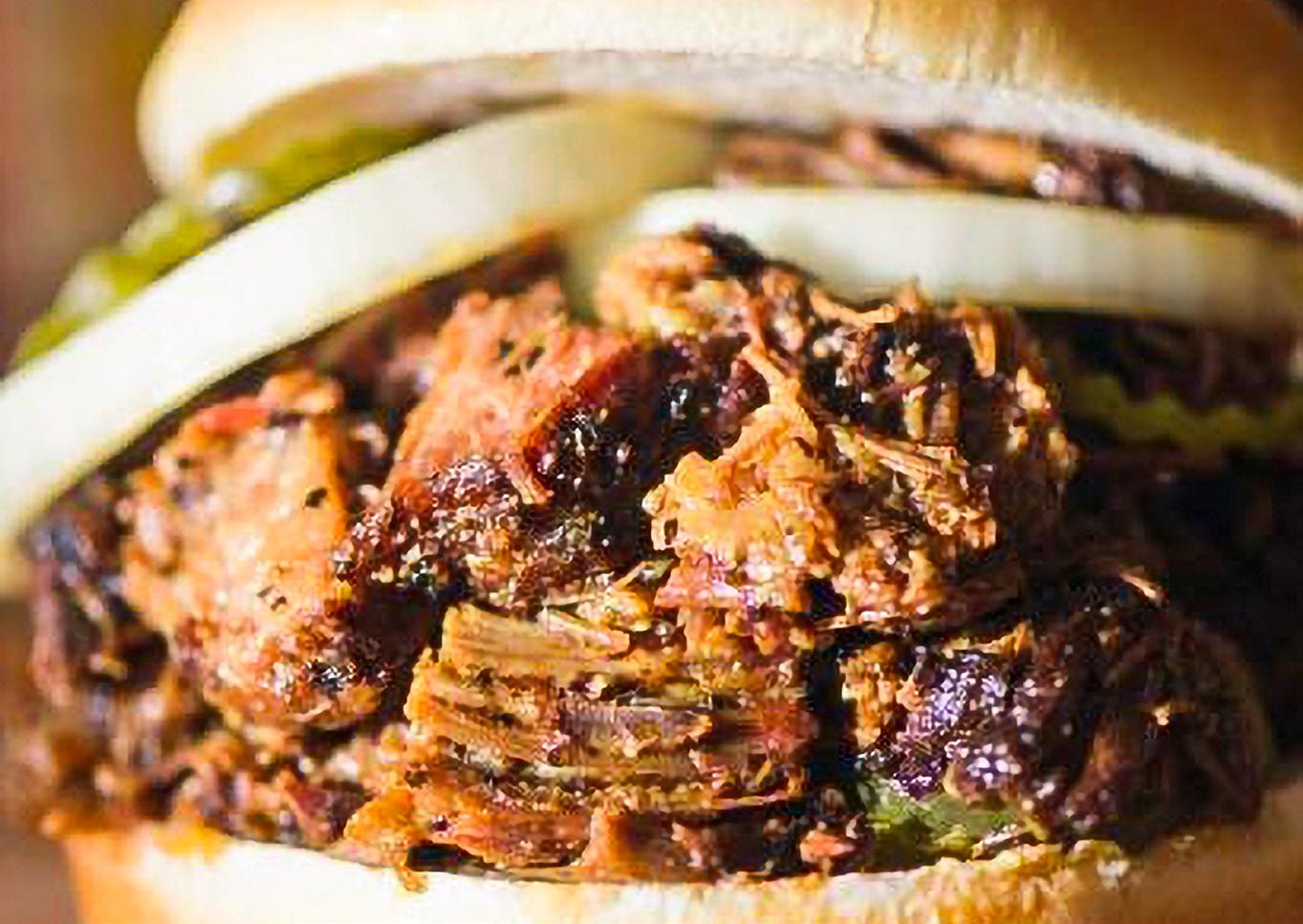
The community has been eagerly awaiting, and the time has finally come, as the area’s newest restaurant, Old West Texas BBQ/Steakhouse at The Hemlocks, has opened its doors! This one-of-a-kind culinary establishment features a menu inspired by simple and honest cooking using fresh and sustainable ingredients—taking guests on a unique culinary journey.

Having been in the restaurant and catering business for more than three decades, restaurateur and businessman Johnney Walker, joined by his son Colt Walker, purchased The Hemlocks RV Park, which formerly housed Generations restaurant, this past April. Over the past few months, they’ve been dedicating every minute and every ounce of energy to upgrading the resort by updating the lodge for a more rustic feel, adding a new outdoor seating pavilion and venue for local and national music, and converting the restaurant into The Old West Texas BBQ/Steakhouse (which was originally started in Texas in 2000). They are excited to finally be able to share their newest venture with the community.
Old West Texas BBQ/Steakhouse you will be treated to barbecue that is slow smoked from 10 to 14 hours using Texas mesquite, hickory and red oak from Texas. As Johnney says, “This method imparts a taste and tenderness usually found in the tried and true barbecue joints that are well known for their barbecue—and
we’ve brought it right here to North Idaho.”
Johnney started in business right out of high school, having started and founded many businesses across the country—from Texas to Washington state, Montana to Las Vegas. In 2013, he and his family moved to Hope, Idaho, from their ranch in Texas. They quickly fell in love with the area and people here in North Idaho. Four years later he relocated to Las Vegas and started World Trade Inc., a Real Estate investment business investing in properties in Las Vegas and Lake Tahoe, Nevada.
“There are many aspects that are very rewarding to me with business in general … from developing a concept from the ground up to creating a successful business that fills a niche in a given market,” he affirms.
This authentic Texas barbecue joint offers diners a variety of savory mesquite and hickory-fired meats. Guests can grab a tray to enjoy lunch indoors or out on the new pavilion, or come to enjoy their full-service steakhouse menu for dinner. From brisket and ribs to chicken and sausage, choose from barbecue plates served with jalapeño cheese bread and two sides (Austin baked beans, coleslaw, jalapeño pinto beans, jambalaya texana, potato salad, Western-style green beans) or baked potato, or a

variety of barbecue sandwiches served on a homemade bun. Your dining experience won’t be complete without one of their homemade desserts like banana pudding, cobbler of the day (blackberry, peach, apple), and pie and cake of the day.
For Johnney, he firmly believes in hard work and the willingness to do whatever it takes to be successful, and he is grateful to the customers and people he meets who acknowledge the hard work that it takes.
The Walkers are proud to call Bonners Ferry home and appreciate the small-town feel and being a part of this community. They look forward to continuing their involvement supporting the local FFA and 4-H clubs, in which they mentor local youth, “the new generation of the future,” with advice and support.
Johnney and Colt invite you to stop on by and try this new brand of dining. Take a seat Tuesday through Saturday from 11am until sold out to experience their Old West Texas barbecue service, or stop in Friday through Sunday, 5 to 10pm, for Old West Texas full-service. Meals also available for takeout.
Every year as Independence Day approaches, we anxiously await the festivities: parades, barbeques, three-legged races and an abundance of watermelon. But the moment that has always captured American’s focus are the fireworks. Every year we wait for the moment the first explosion hits the night sky. It’s become synonymous with freedom, and the main attraction of every Fourth of July event. Part of the magic is perhaps that we can’t see the process taking place—the brightly lit sky and colorful patterns feel almost magical. But behind the scenes there is a whole lot of work and planning that makes the show possible, and decades of science that date back to ancient China.

Historians believe fireworks’ precursors date back to the second century B.C., when the Chinese would throw bamboo stalks into the fire to produce a loud pop and explosion, thought to ward off evil spirits. Somewhere around 600 to 900 A.D., Chinese alchemists mixed potassium nitrate, sulfur and charcoal to produce the original “gunpowder.” They would then pack this powder into hollowed out bamboo stalks—which would later become stiff paper tubes—and light them on fire, forming the very first man-made fireworks.
It wasn’t until the 13th century that gunpowder started making its way into Europe and Arabia. It was quickly adopted for military purposes, but also gained a popular use in fireworks used to celebrate military victories and mark celebrations and ceremonies. In medieval England, the first skilled fireworks professionals were known as “firemasters,” and their assistants were “green men,” aptly named because of their caps made of leaves to protect their heads from the sparks.
fireworks that we know today. Fireworks came with the first colonists to the Americas and were a popular part of colonial life. The day before the Declaration of Independence was adopted by the Continental Congress, John Adams memorably predicted in a letter to his wife the significant role fireworks would hold in celebrating the independence of the United States.

“The day will be most memorable in the history of America,” he wrote. “I am apt to believe that it will be celebrated by succeeding generations as the great anniversary festival. It ought to be solemnized with pomp and parade … bonfires and illuminations [fireworks] … from one end of this continent to the other, from this time forward forevermore.”
And so it would be—since its inception, the United States has used fireworks to mark its independence, with shows taking place in large cities and small towns alike throughout the country.
But our beloved fireworks displays don’t just happen every year. In fact, planning for them often starts the previous year, says Heather Gobet, president of Western Display Fireworks out of Oregon. “There's so much that goes into one of these,” adds Gobet. Fireworks for the shows need to be ordered over a year in advance, and there are a lot of permits, paperwork and state and national laws that have to be taken into consideration.
The process of planning a fireworks show begins with a preliminary evaluation of the site through Google Earth. There has to be adequate room for a display, and the space will determine the size and types of fireworks that can be used. “If you're using smaller caliber multi-shot boxes, you may only need 100, 150 feet,” says Gobet. But the large shells require 1,000 feet in every direction.
“There's kind of two major components of designing a fireworks show,” explains Gobet. “The first one is safety. There are state and federal laws that dictate how much area you have to have open around the launch site.” After evaluating the site on Google Earth, Gobet’s team will talk to the sponsors about their goals for the show, their budget, and the context of the event the fireworks are being used for.
This initial conversation sets the stage for early planning of the show, and at this point, the pyrotechnics company will go out to the site in person to understand the logistics of the launch area. Once the show is designed and a contract put together, it gets sent off to the customer for approval. “There may be some back and forth,” says Rich Vaughan, district manager and show designer in Spokane, Washington, for Pyro Spectaculars.

Once it is approved, permits are filed and the process begins. “I take the show design itself, and depending on the size of the show, I do the choreography and how the show will be laid out,

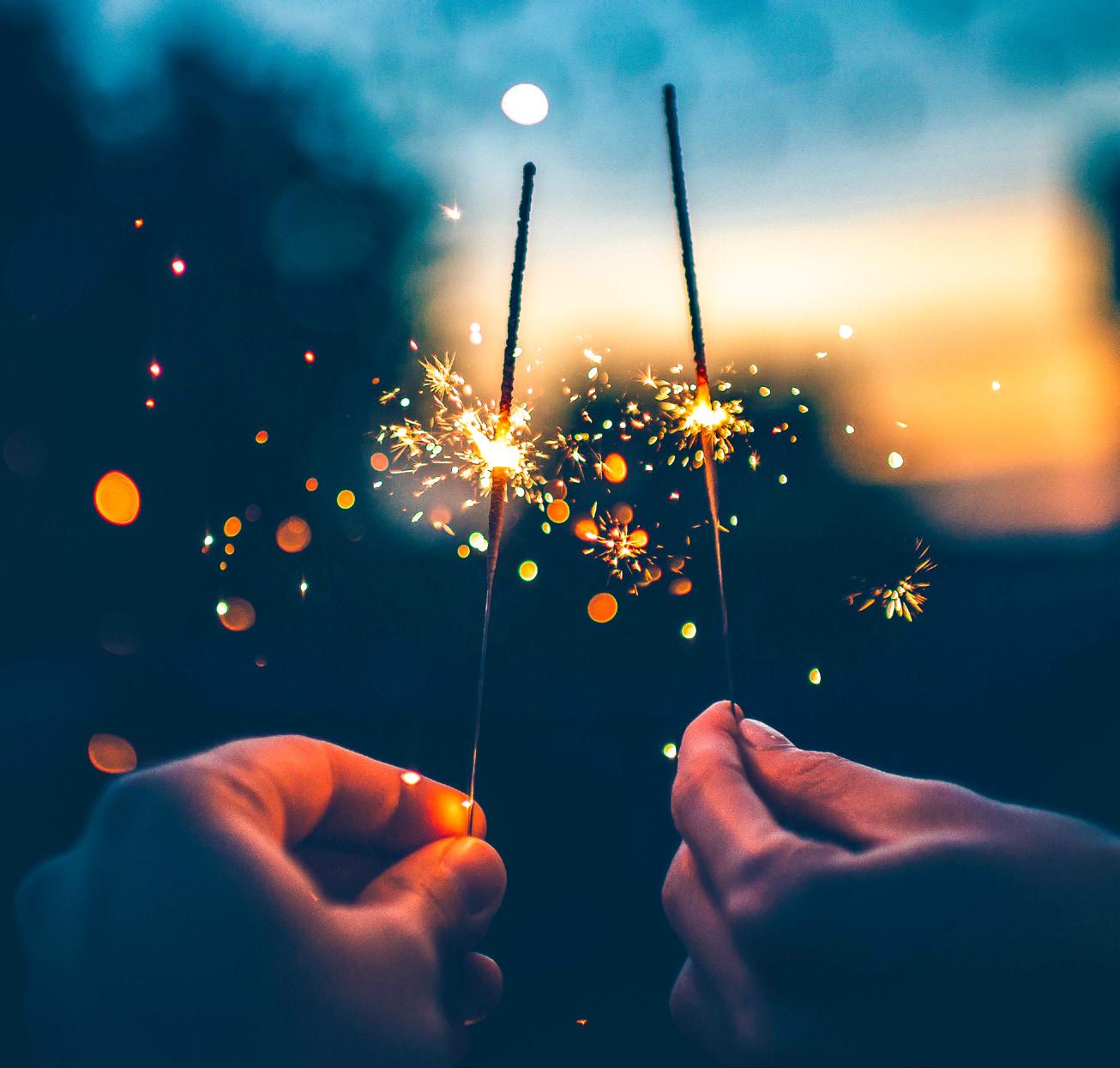
how it will be fired. We make sure we have a good crew that is experienced,” adds Vaughan.The majority of Western Display Fireworks’ crews for the Fourth of July shows are between six and 12 people, says Gobet, and shows start out at $15,000 to $20,000 at a minimum and go up from there. The process of getting permits and approval is fairly laborious, and there are different laws in each state pyrotechnics companies have to know and work with. “We have so many entities that we have to answer to,” says Vaughan.
Once the permit is received from the fire department, the physical planning for the event starts. “On Lake Coeur d’Alene [in Coeur d’Alene, Idaho] we have to sign up barges and tug boots, file a marine permit to be on the lake,” explains Vaughan. “When I design the show, all the paperwork goes to California, they pack the shows and then they ship them up, and we have a storage facility where everything goes.” Setup for the show usually starts the day before, but often the fireworks arrive the day of the show, since you have to have 24-hour security and house the fireworks a certain distance from any inhabited building, says Gobet.
Equipment like forklifts and cranes will often be used to move the fireworks and mortars around on site. “For every single firework that goes up in the air you need a tube to launch it,” she adds. If you have an electric or computer firing system that actually launches the fireworks, then you need a preprogrammed script.
While small shows can still be hand fired, the majority are fired electrically. Anything on the water is electrically fired. “We can shoot in just about any weather,” says Vaughan. “What will shut us down is wind. The wind is really bad.” In addition to wind, dangerous fire conditions can also halt a fireworks show. But the rain—and even snow or below zero temps—isn’t enough to stop the show.
The second component of designing a fireworks show is presentation, says Gobet. Multiple zones, water features, themes, color combinations and the type of event all play a part in determining the design of the show. “One of the things we pride ourselves on is the artistic value of what we do,” says Vaughan. There are 2,500 different types of effects you can use to put a program together in conjunction with or without music, says Gobet. A lot of times there are scripted shows that don’t have music, so the fireworks are the show. If there is music involved, fireworks can be planned and timed in conjunction with the music. “In virtually every case that we're involved in, when somebody's purchasing a show, they're not just purchasing a show,” says Gobet. They’re purchasing everything involved—the design, the planning, the presentation, the equipment and the day of show.
“I take a look at what I have available to me, and then I try and do color scenarios,” explains Vaughan. “When you get into really big production shows you do what they call scenes. What you don't want to do is shoot the same stuff over and over again, it gets repetitive. If they have the same budget, I don't just pull up last year's show and repeat it. Everything I do is custom designed.”
When it comes to pyrotechnics companies, the majority are family companies that have been in the business a long time. “The crazy thing is, virtually every major fireworks company in the U.S. is a family business. I'm the fourth generation, my kids work here, they're the fifth,” says Gobet.
“Almost, without exception, the fireworks production companies are people who are born into it,” she says. The pyrotechnicians come from all walks of life, but a large number are people who
were born into it or who have loved fireworks since they were kids.
It’s what makes the pyrotechnics industry special. “The family nature of this business and the fact that some of the customers we're dealing with go back to doing business with my parents and grandparents,” says Gobet. Despite—or perhaps because of— its smaller size and family roots, Western Display Fireworks brings professionalism and excellence to every show they put on. “We would go up against the biggest shows that anyone in the country could do,” she adds. “We made a conscious effort to not change the geographic area where we operate or that small-company feel. We've traveled the world and seen the best of the best, and then we try to apply that to what we do.”
Vaughan’s story with fireworks began in 1984 when he was a young adult. A friend of his father’s worked in the fireworks industry. Vaughan got roped into helping with a show,
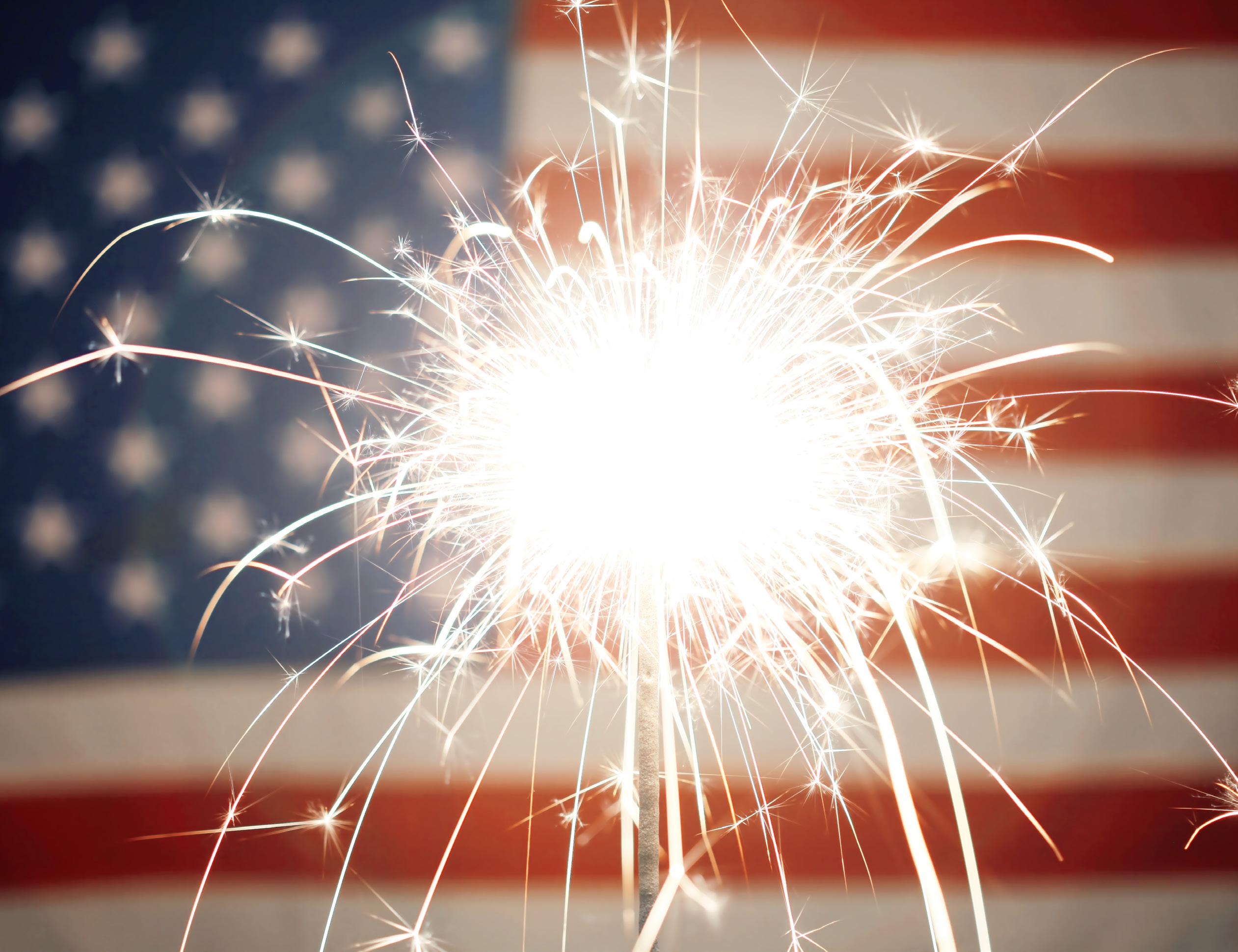
and he was instantly hooked. “I did that show and I told George this is the coolest thing ever; I want to do this for a living. I was banging on his door every time I heard there was a fireworks show,” he laughs. He worked for free
in the evenings after he got off from his regular day-time job, and when George retired in 1989, Vaughan took over the business.
Last year alone, they worked on 180 firework shows. “You stay busy all the time,” he says.
This year fireworks companies have been hit hard by the virus. “Everyone’s sales are down tremendously,” says Vaughan. As many cities and towns across the U.S. cancel or postpone their Fourth of July and other fireworks events, it’s been a tough time for the companies that rely on the business. But they’re hopeful when
COVID lifts, things will rebound and be even busier than before.
It’s not an industry for the faint of heart, but it is one that holds a lot of passion. People are in it for the long haul. So this time, when those bursts of magic reign down this Fourth of July, we can all appreciate just how much time—and work—went into our favorite display of independence.
OUTDOOR LIVING
EATING WELL THROUGH SUMMER
BY SHANTEL PLUID, RD, LD REGISTERED DIETICIAN, BOUNDARY COMMUNITY HOSPITAL
Summer is in full swing, and that means access to more grilled foods, delicious fruits and savory vegetables. Picnic food does not always necessarily mean healthy and low calorie, but it does mean tasty! There are a few things to steer clear of while still leaving plenty of other appetizing options to choose from.
Before filling your plate at a barbecue, take inventory of all the options available and prioritize what you would like to eat. Taking the time to think about your meal before filling your plate will give you some time to think about portioning and how you can balance your food groups.
Salads/Side Dishes:
• Opt for a salad with a vinaigrette or yogurt base. Often salads with mayonnaise as the dressing can bump calories up significantly. Potato, macaroni and coleslaw are picnic staples and are often loaded with mayonnaise. A German potato salad is a wonderful alternative because the dressing is mostly comprised of vinegar and mustard.
• Baked beans are a smart option. Beans are a great source of fiber and protein and are quite nutritious, as long as they're not doctored up with too many extra calories.
• Simple raw vegetables like baby carrots, grape tomatoes, broccoli and celery are easy to add to your plate and can be a crunchy and satisfying side, just be mindful of how much “veggie dip” you use!
Grill Options:
• Burgers are a lasting summertime favorite. As long as you use lean ground beef, you can still have your favorite food on a bun. If you are having a starchy side such as corn, beans, potatoes or macaroni, you might want to turn your burger into an open-faced
BonnersFerryLivingLocal.com


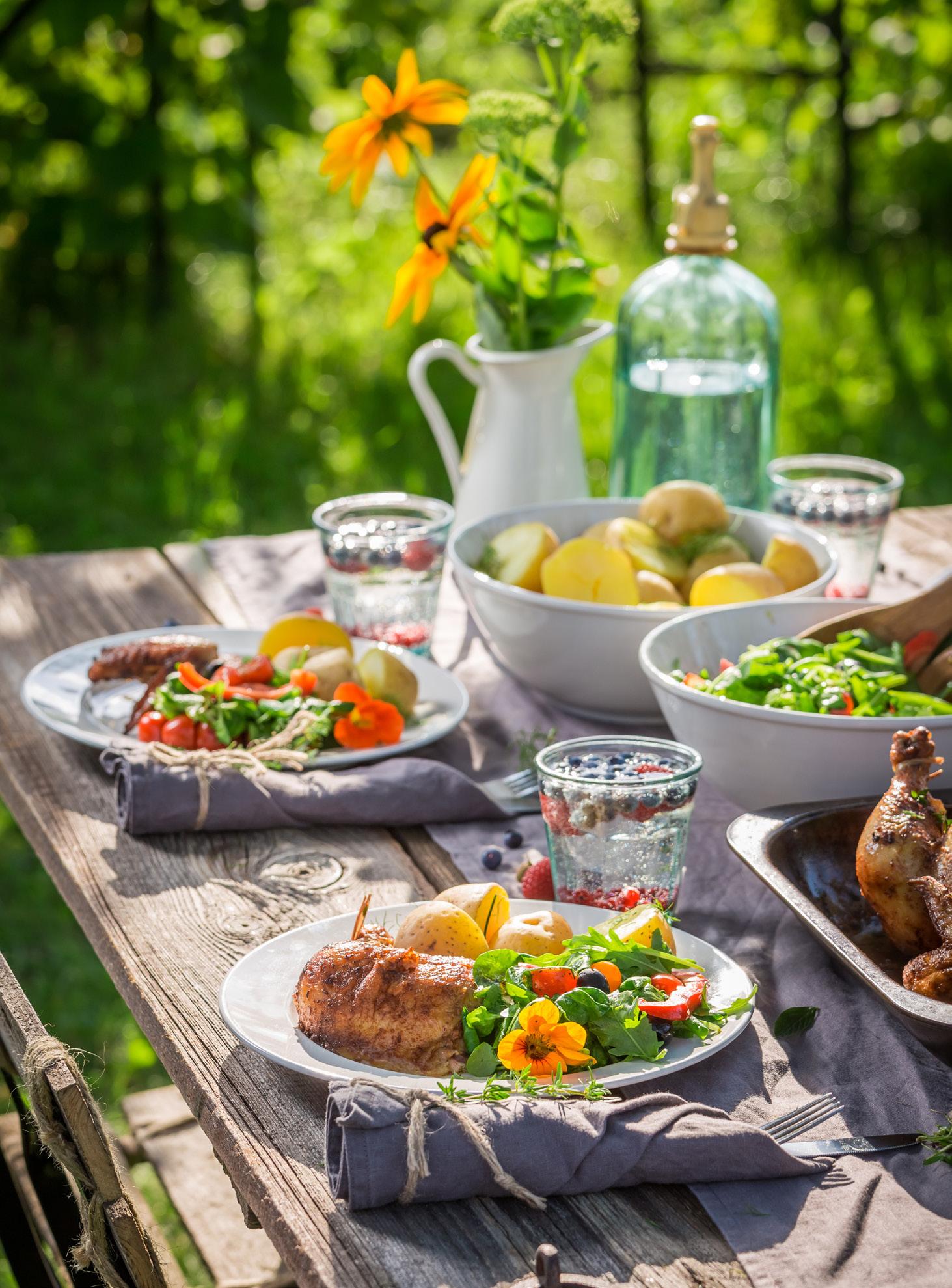
Refined Aesthetics look and feel your best


sandwich or skip the bun all together. This will help to balance the amount of carbohydrates at your meal.
• Skinless chicken breasts and seafood of most any kind are among the leanest options for the grill. These options with a marinade are an absolutely wonderful option as well. However, some marinades can be high in sugar, so if you know who is making the food you could ask what went into the marinade.
• Vegetables on the grill are another perk of summer picnics, so make sure to load up! Marinated veggie kabobs or slices of red peppers, mushrooms and squash all can make a great addition to your meal.
Desserts:
summer barbecue and also a wonderful dessert option.
• Fruit salads, fruit kabobs, and bowls of grapes or cherries can provide a refreshing and nutritious finish to all those sweet treat lovers. Fruits that are grilled (pineapple, bananas, peaches or pears) typically only have a light dusting of cinnamon, therefore they make a great option as well.
• Angel food cake with fresh berries and light whipped topping is another alternative that everyone loves and is reasonably low in calories.
The abundance of summer can bring temptation at the picnic table. For your health, remember to choose wisely. Services Include: Botox/Dysport • Dermal Fillers Microneedling • Sculptra Aesthetic Skin Care • Platelet-Rich Plasma Therapy Kybella • Microblading • Chemical Peels Medical-Grade Corrective Facials HydraFacials • Massage Elleebana Keratin Lash Lift & Tinting Brow Shaping & Tinting • Dermaplaning
come check out our new location! 215 Cedar Street | Sandpoint, Idaho 208-304-7535 SandpointMedSpa.com info@sandpointmedspa.com
Refined Aesthetics Med Spa @refined.aesthetics
IMPACTFUL PEOPLE
